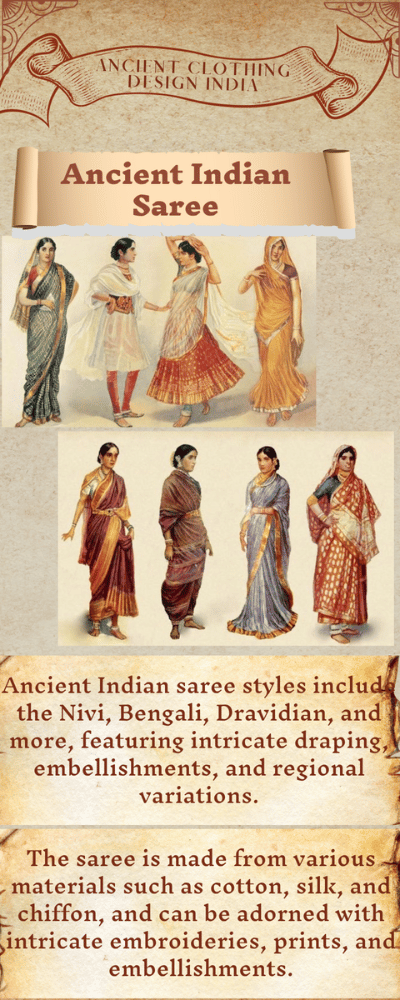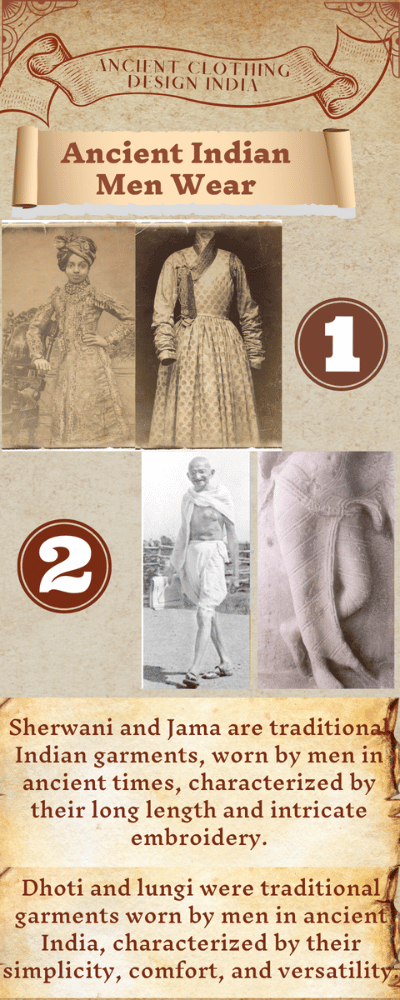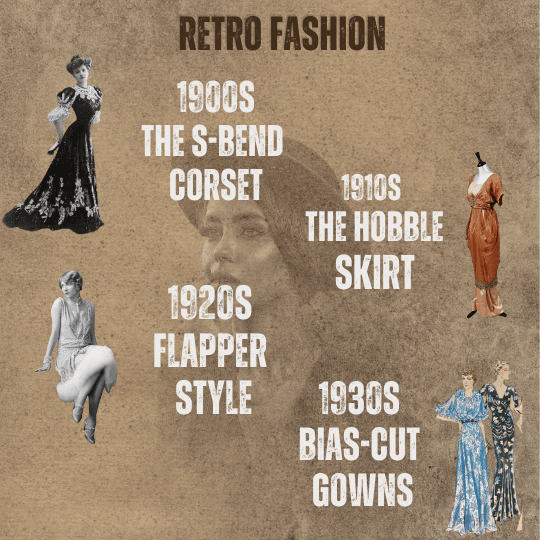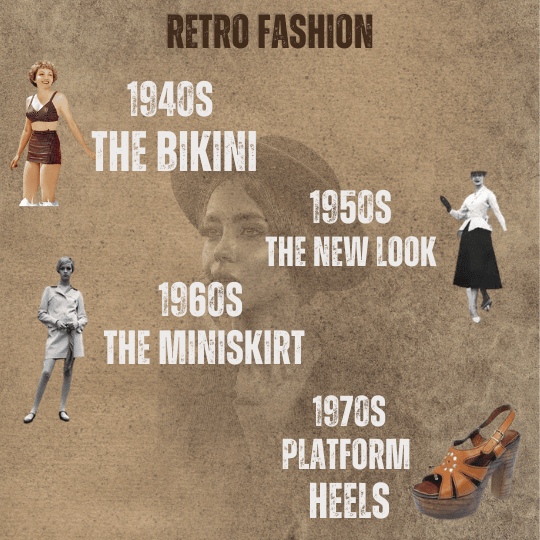FasDes- Best Fashion Designing and Modeling College in Jaipur

Fashion is a means of self-expression, enabling individuals to showcase their personality, style, and individuality. Fashion is not just about following the latest trends; it is about creating a unique look that reflects an individual’s preferences and values.
In addition to development, fashion is an industry that provides jobs and opportunities for designers, models, stylists, photographers, and other professionals.
Nowadays, fashion trends are more accessible than ever before, with social media platforms enabling designers and influencers to showcase their work to a global audience. The fashion industry is also becoming more sustainable, with designers focusing on creating clothing that is environmentally friendly and socially responsible.
Ultimately, fashion is an art form that has the power to inspire, influence and empower individuals, and shape the way people see and present themselves to the world.
Fashion has been a part of human history for centuries, and its origins can be traced back to various civilizations and cultures around the world. Fashion has evolved and has been influenced by various factors such as social, economic, and cultural changes.
Some of the earliest evidence of fashion can be found in ancient Egypt, where both men and women adorned themselves with jewelry and ornate clothing.
- In Europe, the Renaissance period saw the emergence of elaborate and ornate fashion, while the Industrial Revolution gave birth to mass-produced clothing and fashion as we know it today.
- In modern times, fashion is a global industry that is influenced by a range of factors, including popular culture, technology, and consumer behavior.
Fashion has played a significant role in human history, reflecting social and cultural changes, economic shifts, and individual expression. The evolution of fashion content has been shaped by various factors such as technology, globalization, and changing societal norms.
EARLY-AGE FASHION
Fashion was primarily a symbol of social status and power. The ancient Egyptians used clothing to distinguish between classes and signify wealth and status. Similarly, in ancient Rome, clothing was used as a status symbol, emperors and high-ranking officials wore elaborate robes to distinguish themselves from ordinary people.
Early-age fashion in history refers to the clothing and styles that were popular during a particular period in the past. In the fashion industry, early-age fashion is often studied as a way to understand the evolution of fashion trends and how they have influenced modern styles.
Early age fashion can refer to different periods depending on the context. For example, the early age of fashion in the Western world can be traced back to the Renaissance period, which was characterized by elaborate and ornate clothing styles that emphasized luxury and status.
18th CENTURY DEVELOPMENT
In the 18th century, the Rococo period saw the rise of soft, flowing dresses and elaborate hairstyles, while the 19th century was marked by the introduction of corsets, bustles, and hoop skirts.
In other cultures, early-age fashion may refer to traditional clothing styles that have been worn for centuries. For example, in India, early-age fashion could refer to colorful saris and other traditional garments that have been worn for centuries.
Early-age fashion is important in the fashion industry because it allows designers and fashion historians to understand how fashion trends have evolved and how they continue to influence modern styles. By looking back at early-age fashion, designers can gain inspiration for new designs and create styles that pay homage to the past while incorporating modern elements.
MIDDLE AGE FASHION
Fashion began to evolve as artisans and guilds emerged, specializing in the production of high-quality textiles and clothing. The Renaissance period saw fashion become more elaborate and ornate, with luxurious fabrics and complex designs.
19th CENTURY DEVELOPMENT
In 19th-century fashion, content began to be disseminated more widely through mass-produced fashion magazines. Middle age led to the emergence of fashion as a cultural force, influencing trends and styles around the world. Fashion designers like Charles Frederick Worth and Paul Poiret became celebrities in their own right, setting trends and influencing fashion content with their designs.



20th CENTURY DEVELOPMENT
In the 20th century, fashion become even more universal with the rise of television and the internet. Fashion shows, previously exclusive events for the elite, became accessible to the masses through TV broadcasts and online streaming. Fashion photography also evolved, with photographers like Richard Avedon and Helmut Newton creating iconic images that shaped fashion content and trends.
1960’ & 1970’s DEVELOPMENT
The 1960s and 1970s marked a significant shift in fashion content, with the rise of youth culture and the counterculture movement. Fashion became a form of self-expression, with clothing and accessories used to signify political and social beliefs. The punk movement in particular challenged traditional fashion norms, embracing unconventional styles and anti-establishment attitudes.
1980’ & 1970’s DEVELOPMENT
The 1980s and 1990s saw fashion content become more global, with the rise of international fashion weeks and the globalization of fashion brands. Fashion designers like Giorgio Armani and Calvin Klein became household names, and fashion content became more diverse, incorporating different cultural influences.
MODERN-ERA FASHION
The Modern era of fashion is generally considered to have started in the mid-19th century and continues to the present day. During this time, there have been numerous changes and innovations in the fashion industry, driven by advances in technology, globalization, and cultural shifts.
One of the defining features of modern-era fashion has been the rise of ready-to-wear clothing. Before this, most clothing was handmade or tailored to fit an individual’s specific measurements. With the introduction of standardized sizing and the mass production of clothing, ready-to-wear garments became widely available and affordable, allowing more people to participate in fashion trends.
In terms of specific fashion trends, the modern era has seen a wide range of styles come and go. Some notable trends include –
- The flapper style of the 1920s was characterized by short hemlines, loose-fitting garments, and embellishments such as fringe and beading.
- The rise of denim in the 1950s and 60s, as jeans, became a symbol of youth rebellion and counterculture.
- The bold, colorful prints and silhouettes of the 1980s, emphasized power dressing and self-expression.
- The minimalist aesthetic of the 1990s favored simple, understated garments and a focus on high-quality fabrics and construction.
21st CENTURY DEVELOPMENT
In the 21st Century, Modern Era fashion content has continued to evolve with the rise of social media and e-commerce. Fashion influencers and bloggers have become major players in the industry, with their posts and recommendations influencing trends and sales.
Online shopping has also revolutionized the way people buy and consume fashion, with retailers like Amazon and Zara offering fast and affordable fashion to a global audience.
In recent years, the latest development in the fashion industry has been growing with the awareness of the environmental and ethical impact of the fashion industry. The modern era has led to a rise in sustainable and ethical brands, with consumers demanding greater transparency and accountability from fashion companies. Fashion content has also begun to reflect these concerns, with brands and influencers promoting eco-friendly and socially responsible fashion.
Want to Join Our Fashion Designing & Fashion Modeling Courses?
Visit – www.fasdes.com
Want to know more about the rise of fashion in India?
The fashion industry in India has undergone a significant transformation over the past few decades. India has a rich textile heritage and a long tradition of craftsmanship, which has played a major role in the growth of the fashion industry in the country.
Historically, traditional Indian fashion clothing such as sarees, salwar kameez, and lehengas were the predominant fashion choices for women.
However, with the increasing exposure to Western fashion and the growing middle class in India, there has been a rise in demand for more modern and Western-style clothing, particularly among younger generations.
The fashion industry in India has also been greatly influenced by Bollywood, India’s prolific film industry. Bollywood stars have a huge impact on fashion trends in India, and their outfits are often replicated by fans.
CONCLUSION
The history and development of fashion content have been shaped by various factors over time. From its origins as a symbol of social status to its current role as a global industry, fashion has reflected societal changes and influenced cultural trends. With the development of new technologies and changing consumer preferences, fashion content will continue to evolve in the years to come.
Development of fashion & history has evolved from a simple mode of dressing to a global industry worth billions of dollars. The history of fashion dates back to ancient times, when clothes were primarily used to protect the body from the weather. Over time, fashion became a symbol of social status, cultural identity, and personal expression.
From the elaborate clothing of the Renaissance period to the flamboyant styles of the 80s, fashion has always been a reflection of the times. Today, it has become an influential force, shaping cultural trends and consumer behavior. Despite its many changes and adaptations, fashion remains a timeless and beloved aspect of human culture.
